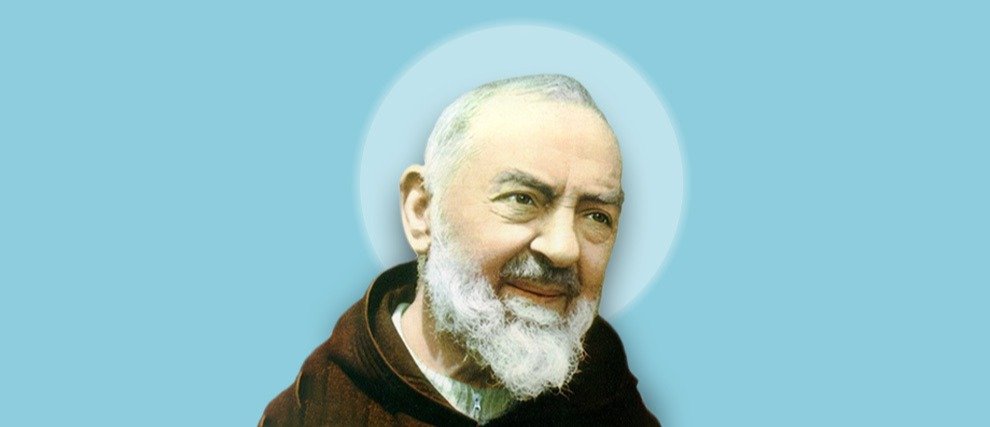Gospel of John
The New Testament begins with the four Gospels. The Gospels are Books narrating the life of Jesus Christ, and their purpose is to share the Good News with the readers: Jesus is Christ, the promised Messiah! The birth of Jesus, His actions and teachings are described in the Gospels by the Apostles Matthew, Mark, Luke and John, to illustrate the fulfillment of the promises made by God in the Old Testament. John the Apostle explained the purpose of his Gospel: “Jesus performed many other signs in the presence of his disciples, which are not recorded in this book. But these are written that you may believe that Jesus is the Messiah, the Son of God, and that by believing you may have life in his name.” (John 20: 30-31). Let us explore the Book of John, its structure and the beautiful verses in it.
The Structure of the Gospel of John
In the Beginning Was the Word
“In the beginning was the Word, and the Word was with God, and the Word was God. He was with God in the beginning. Through him all things were made; without him nothing was made that has been made.” (John 1: 1-3). Contrary to the Gospels of Matthew and Luke, which begin with the nativity story, Jesus’ baptism and ministry, the Gospel of John starts by describing the very essence of Christ.
The Work of Jesus
From chapter 2 onwards, we learn about the various miracles of Jesus, starting with His very first during a wedding at Cana, and closing with the resurrection of Lazarus in chapter 11. The Book is filled with beautiful episodes: Jesus teaching Nicodemus, a Pharisee member of the ruling council, the encounter with the Samaritan woman… John’s Gospel also reveals how much criticism Jesus had to face, to which He always responded with wisdom and faith.
Christian Faith
Chapter 13 opens with a very symbolic scene of Jesus washing His disciples’ feet. This story only appears in the Gospel of John. Then follows the Last Supper of Christ with the disciples, and Jesus teaching them about the identity of the Father, the Son and the Holy Spirit.
Christ’s Passion and Resurrection
Like the other Apostles, John narrates the crucifixion of Jesus, His last words as He died on the Cross, and what happened next, such as His resurrection and apparitions to His disciples.
Who Was John the Apostle?
John is the only Apostle to have witnessed the life of Jesus from the beginning of His ministry on earth until the end, and to have written a Gospel. He was first called to become a disciple of Christ with his brother James, as they were working as fishermen with their father Zebedee. The Bible also mentions their mother, called Salome, a woman full of faith and courage. She was present at the foot of the Cross. John is identified as the author of the Gospel of John, three epistles (John 1, John 2, and John 3), and the Book of Revelation.
How Is Jesus Portrayed in the Gospel of John?
“One of them, the disciple whom Jesus loved, was reclining next to him.” (John 13: 23). This verse reveals to us how close John was to Jesus. John presented Jesus as the Word of God, and God Himself (John 1: 1-3). He is also described in the Gospel as the “Lamb of God, who takes away the sin of the world” (John 1: 29), and the Son of God (John 3: 16). Jesus is who we must believe in to access eternal life.
Who Was John Writing for?
The Gospel of John is dedicated to the entire world. One of its main and most important verses is: “for God so loved the world that he gave his one and only Son, that whoever believes in him shall not perish but have eternal life.” (John 3: 16). “Whoever believes in Him” is who the Gospel of John is written to.
5 Beautiful Passages from the Gospel of John
The Way, the Truth, and the Life
“Jesus answered, “I am the way and the truth and the life. No one comes to the Father except through me.” (John 14:6)
Children of God
“Yet to all who did receive him, to those who believed in his name, he gave the right to become children of God; children born not of natural descent, nor of human decision or a husband’s will, but born of God.” (John 1:12-13)
The Water of Life
“Jesus answered, “Everyone who drinks this water will be thirsty again, but whoever drinks the water I give them will never thirst. Indeed, the water I give them will become in them a spring of water welling up to eternal life.” (John 4: 13-14)
The Words of Jesus
“Simon Peter answered him, “Lord, to whom shall we go? You have the words of eternal life. We have come to believe and to know that you are the Holy One of God.” (John 6: 68-69)
Loving Thy Neighbor
“My command is this: Love each other as I have loved you. Greater love has no one than this: to lay down one’s life for one’s friends.” (John 15: 12-13)

